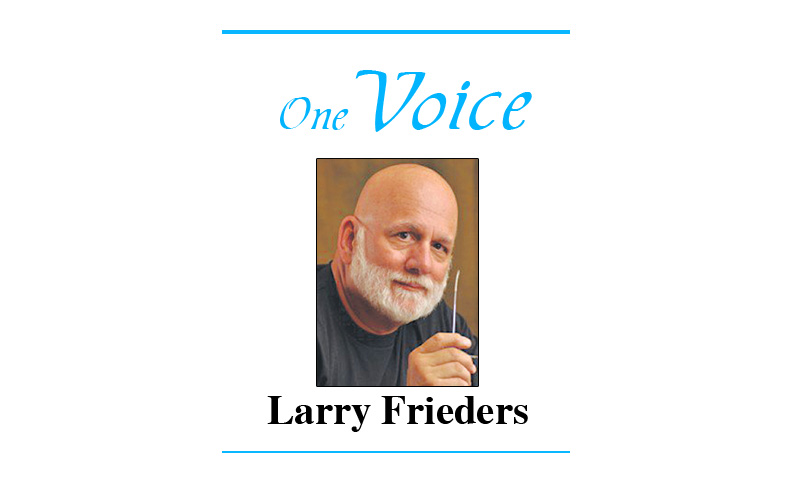
We want to believe that more information will bring clarity, but we are experiencing just the opposite these days. Throughout all of this year, we’ve been deluged with data about a virus, but our overall level of understanding seems to have fallen precipitously, along with our ability to trust others, be it a friend, a scientist, a doctor, a pastor, or a politician. Confusion is rampant and it leads to discord.
Is our quirkiness unique to this year, this pandemic, and our frustration with each other? No. In fact, this level of foggy absurdity has been part and parcel with the human condition since day one, especially in science and the medical realms. Here’s a glimpse at how we’ve handled our communal health problems over the previous two centuries.
• Jakob Henle proposed the germ theory of disease in 1840. Basically, germs, out there, attack us, in here, and cause disease. Most of the time we recover. Sometimes the disease kills us, individually and in mass numbers when there are epidemics and plagues. The 1918 influenza is a modern example.
• Prior to Henle, disease was associated with evil spirits, magic spells, biles, phlegm, or miasma, a noxious form of bad air. Medical communities were slow to embrace the germ theory and were even hostile to it regardless of the data and proof.
• A decade later, Dr. Ignaz Semmelweis used science to demonstrate the contagious nature of disease when he showed that the incidence of “childbed fever” could be significantly cut by the use of hand disinfection in obstetrical clinics. Childbed fever was common in mid-19th-Century hospitals and often fatal. Semmelweis proposed the practice of washing hands between cases, and between autopsies and the delivery of a baby. His suggestions were not well received by his peers. Surgeons of the time continued their filthy ways while midwives were having far better survival results because they weren’t exposed to disease from corpses, and they cleaned their hands. The mortality level with midwives was significantly less than what the doctors’ experienced in the hospitals.
Dr. Semmelweis suffered disgrace from his colleagues, was drummed out of medicine, and committed to an asylum in 1865 where he died after being beaten by the guards. The reported cause of his death was an infection from a gangrenous wound on his right hand which was inflicted during the beating.
• Thirteen years after Dr. Semmelweis’ death Louis Pasteur confirmed and popularized the germ theory of disease. He is remembered for his remarkable breakthroughs in the causes and prevention of diseases, and his discoveries have saved lives ever since. He created the first vaccines for rabies and anthrax.
The science may have been clear, especially in hindsight – but scientists long rejected the evidence and that led to sickness, suffering, and death. Sound familiar? Science is trustworthy when handled with honesty, but science is not consensus. When the human ego (politics) gets involved, problems usually arise, especially when someone’s science confronts everyone’s beliefs.
The history of disease is fraught with mismanagement, probably because we humans want to believe that our personal talents, and those of our group, are superior to what true science offers us when we pay attention. Not everyone exposed to a germ gets sick. If that wasn’t the case, all of us probably would be dead already. The doctors who treated the flu in 1918 would have perished for sure. They didn’t. Humans survive attacks from germs and will continue to do so, with or without direct interference from other humans.
There are decisions to be made every day. Mask or no mask? Hydroxychloroquine or something else? Are the increasing number of positive COVID-19 test results meaningful to our health or not? Should children go to school or continue at home? Should restaurants open? How about churches? And so on.
There’s already sufficient evidence for everyone to freely make decisions for themselves. Yet, a vocal minority are insisting they know what’s right for the rest of us. And the majority, who want to just get on with their lives, virus or no virus, are terrified of being shouted down by the progressive nanny state overlords who prowl the aisles in grocery stores. Fewer and fewer of us can, or, are willing, to make our own choices and live with the consequences. Perhaps that’s the real tragedy and lesson of our 2020 COVID-19 tale.

